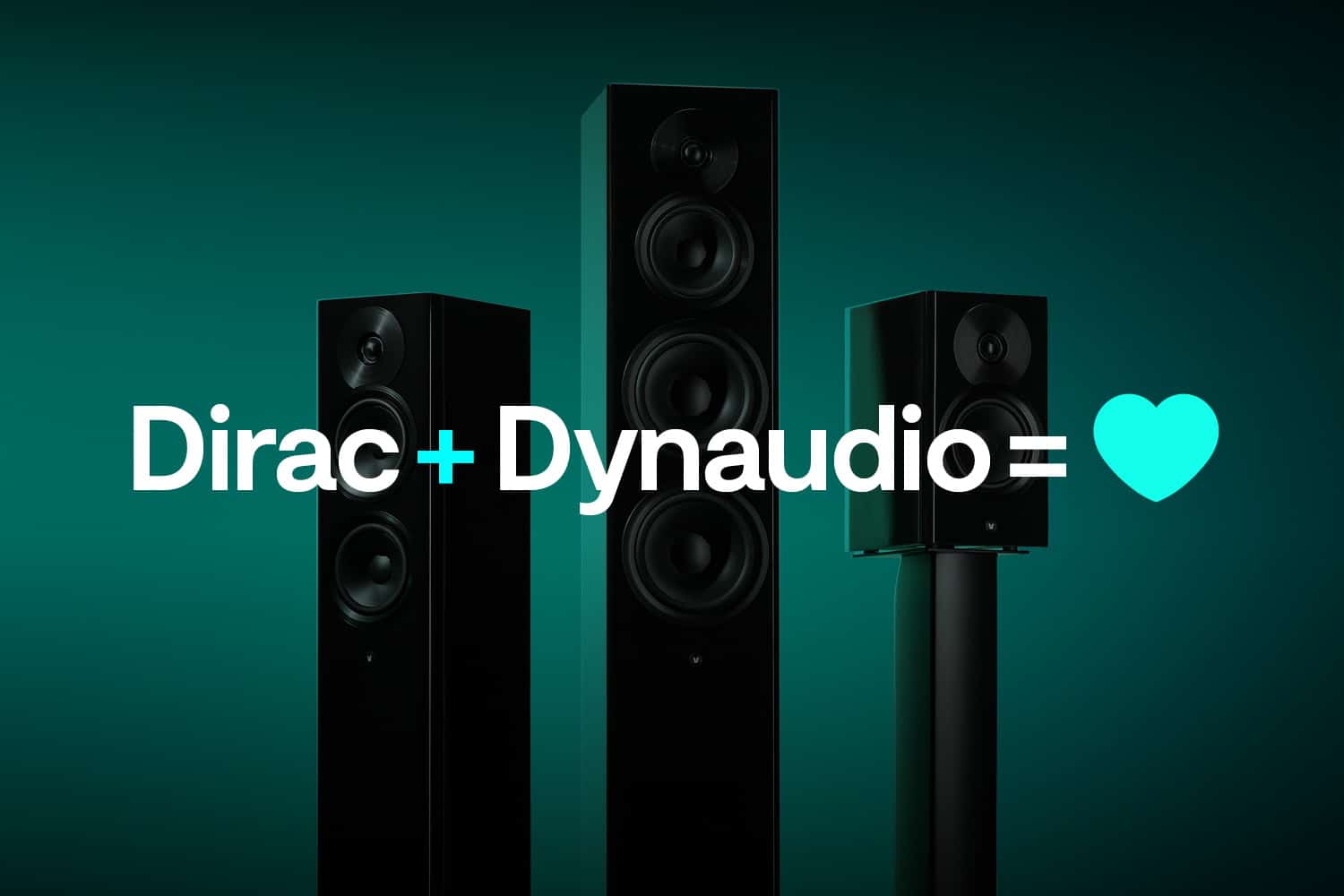This just popped today. I hope KEF have something ready to go soon regarding room correction.
The Dynaudio Focus series becomes the first streaming speaker to feature Dirac’s breakthrough Dirac Live Room Correction solution. UPPSALA, SWEDEN, May 24, 2022 — Swedish...

www.dirac.com
Important info on the Dynaudio release:
Pricing (RRP)
Focus 10: €5,000 / £4,399 / USD $5,500
Focus 30: €7,500 / £6,499 / USD $8,250
Focus 50: €10,000 / £8,699 / USD $11,000
They also say:
"..
There are three models: Focus 10 (a two-way stand-mount speaker), Focus 30 (a two-and-a-half-way floor-stander) and Focus 50 (a three-way floor-stander).
Here are some of the (many) highlights:
Class-leading versatility
Whether you’re starting from scratch after upgrading from a smaller system, or you’re building on your existing set-up, Focus fits in seamlessly.
Its built-in high-end streaming platform takes care of everything online, while coaxial and optical digital inputs and analogue connections mean a CD player and even a turntable can still sit front and centre alongside streaming services. There’s even a subwoofer output with trigger, Ethernet, and it’s Dirac Live-ready for power-user calibrators.
Want to go wireless with your TV? WiSA connectivity makes it a breeze. No cables needed.
Amazing user friendliness
Listen to what you want, how you want. Focus supports Spotify Connect, TIDAL Connect, Apple AirPlay 2, Google Chromecast, Qplay, UPnP, Netradio and Bluetooth. And it’s Roon Ready, too. If it’s streamable, Focus will play it.
It will auto-switch inputs depending on which source you want to use, it will turn on automatically when an input is connected, and it will even sense when the included magnetic Smart Grilles are applied – and adjust its EQ to compensate.
And if you don’t want to use your phone to control it after using the free Dynaudio set-up app, there’s a Bluetooth remote control included in the box.
Studio-grade performance
What goes in, comes out. Focus uses the same legendary Dynaudio driver technology (including the renowned Cerotar tweeter) and the same type of amplifiers the company uses in its professional studio reference monitors.
Then there’s the sealed-box design which, thanks to some sophisticated digital signal processing, delivers even tighter, deeper, more controlled bass performance. Users can also compensate independently for each speaker’s position in their room from within the app – meaning no sonic surprises when you’re setting them up. Wherever you’re setting them up.
The whole Focus family was measured in Jupiter, Dynaudio’s world-class measuring facility, and tuned by the same ears behind some of its most prestigious loudspeakers.
Clean Scandinavian design
Danish design is a synonym for ‘desirable’, and Focus is no exception. Its slim cabinets, available in four beautiful contemporary finishes (White High Gloss, Black High Gloss, Walnut Wood and Blonde Wood), are designed to blend in with real-life interior decor for those who’d rather not re-arrange their living-room around their speakers, or be distracted from their music or films by something that looks too outlandish.
Even the Dynaudio logo has been simplified, doubling as an integrated LED that tells you at a glance what the speaker is doing.
Outstanding craftmanship
Of course, Focus wouldn’t be a proper Dynaudio speaker if its build quality wasn’t jaw-dropping. Sturdy MDF cabinets, a long-life amp design and premium touches such as aluminium driver surrounds make it obvious that you own a high-end product.
.."


